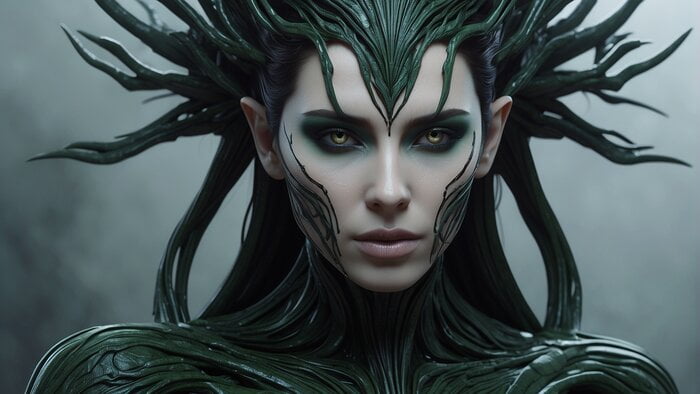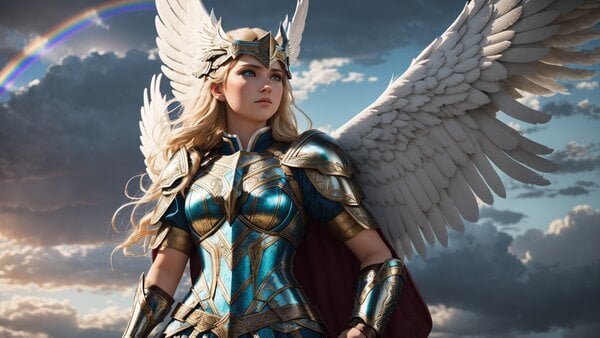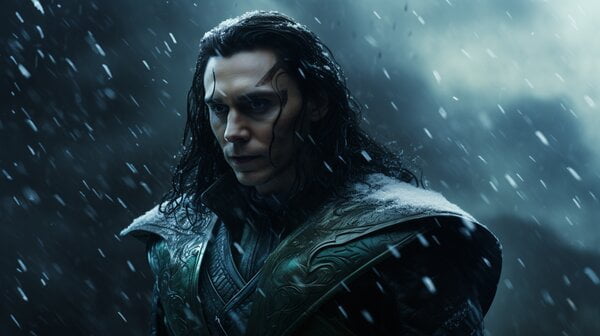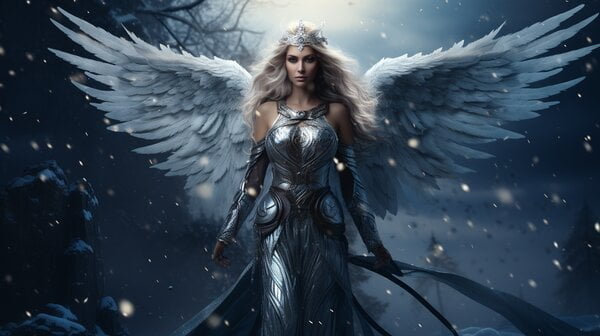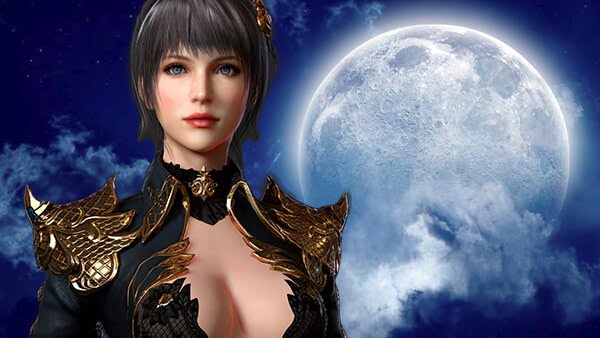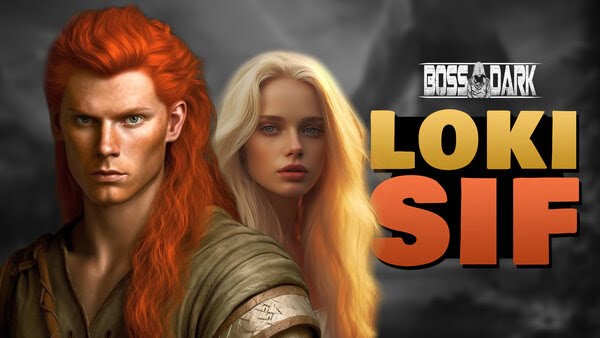Norse mythology, also known as Scandinavian or Viking mythology, is a corpus of mythical and heroic tales originating from the Germanic cultures of Northern Europe. These stories have been passed down through the centuries and have left a lasting imprint on Scandinavian culture and literature. Norse mythology features a diverse pantheon of gods and goddesses representing aspects of nature and the human condition. Some of the major Norse gods include:
- Odin: The chief god and ruler of the pantheon, Odin was the god of wisdom, war, and poetry. He was depicted as a one-eyed old man who sought knowledge at any cost.
- Thor: The god of thunder and strength, Thor was known for his bravery and his magical hammer, Mjölnir. He was the protector of gods and humanity against the forces of chaos.
- Freya: The goddess of love, beauty, and fertility. Freya was also a brave warrior and the leader of the Valkyries, who brought fallen warriors to Valhalla.
- Loki: Although not a god in the traditional sense, Loki was a significant figure in Norse mythology. He was a cunning god and often caused trouble for the gods, although he also helped at times.
Norse mythology is filled with heroes and legendary feats. Some of the well-known stories include:
- The Poetic Edda and the Prose Edda: These medieval texts compile myths, poems, and tales from Norse mythology. They were written by Snorri Sturluson and are fundamental to our understanding of these stories.
- The Saga of the Völsungs: This epic saga tells the story of Sigurd, a hero who slew the dragon Fafnir and gained great treasure. The story also involves the Valkyrie Brynhild and a deadly curse.
- The Nibelungenlied: Inspired by the Saga of the Völsungs, this saga tells the story of Siegfried, Kriemhild, and the treasure of the Nibelungs. It’s one of the most famous sagas in Germanic literature.
Norse mythology includes the prophecy of Ragnarök, a cataclysmic event marking the end of the world and the fate of the gods. During Ragnarök, the gods battle against their foes, including the wolf Fenrir and the serpent Jörmundgander, in a final battle. While Ragnarök represents destruction, it also symbolizes the cycle of creation and renewal in Norse mythology.


